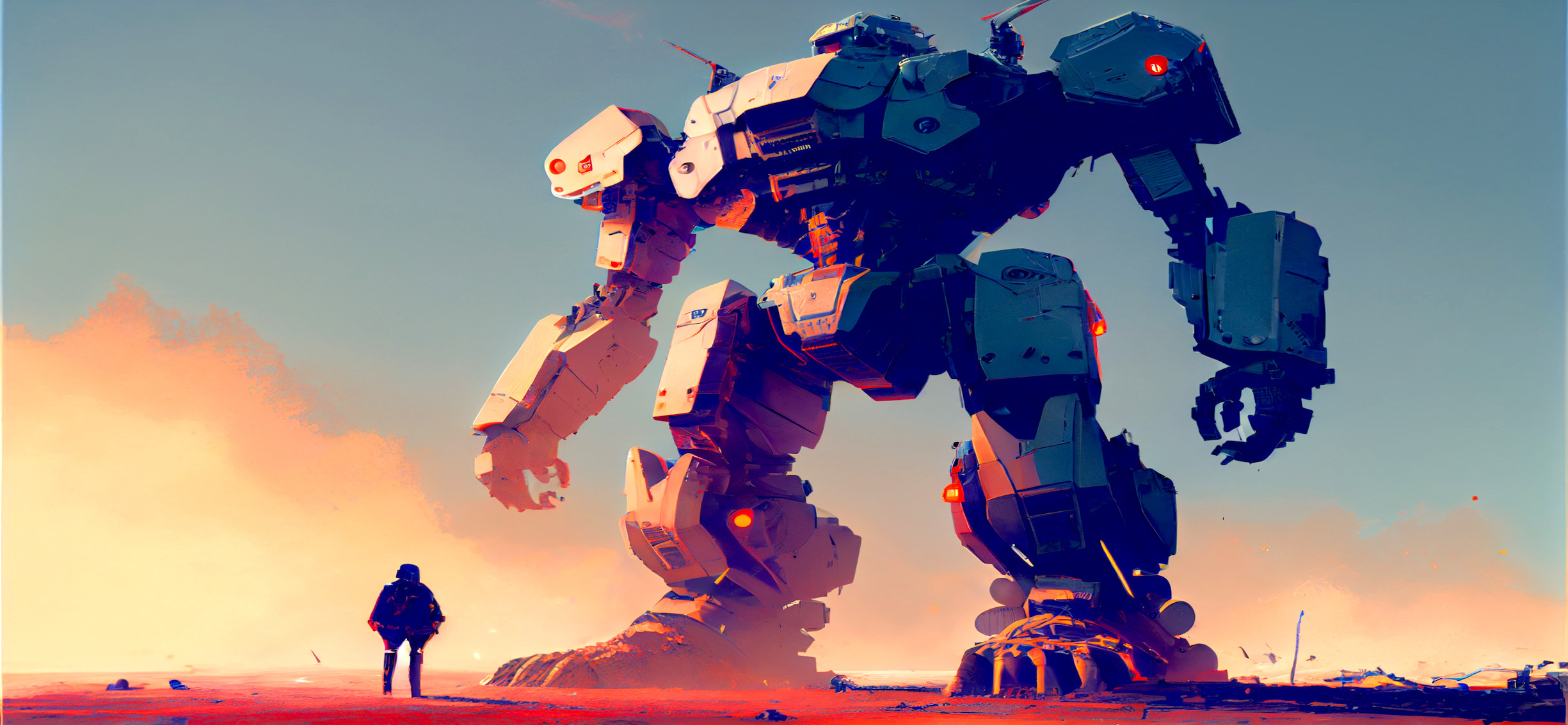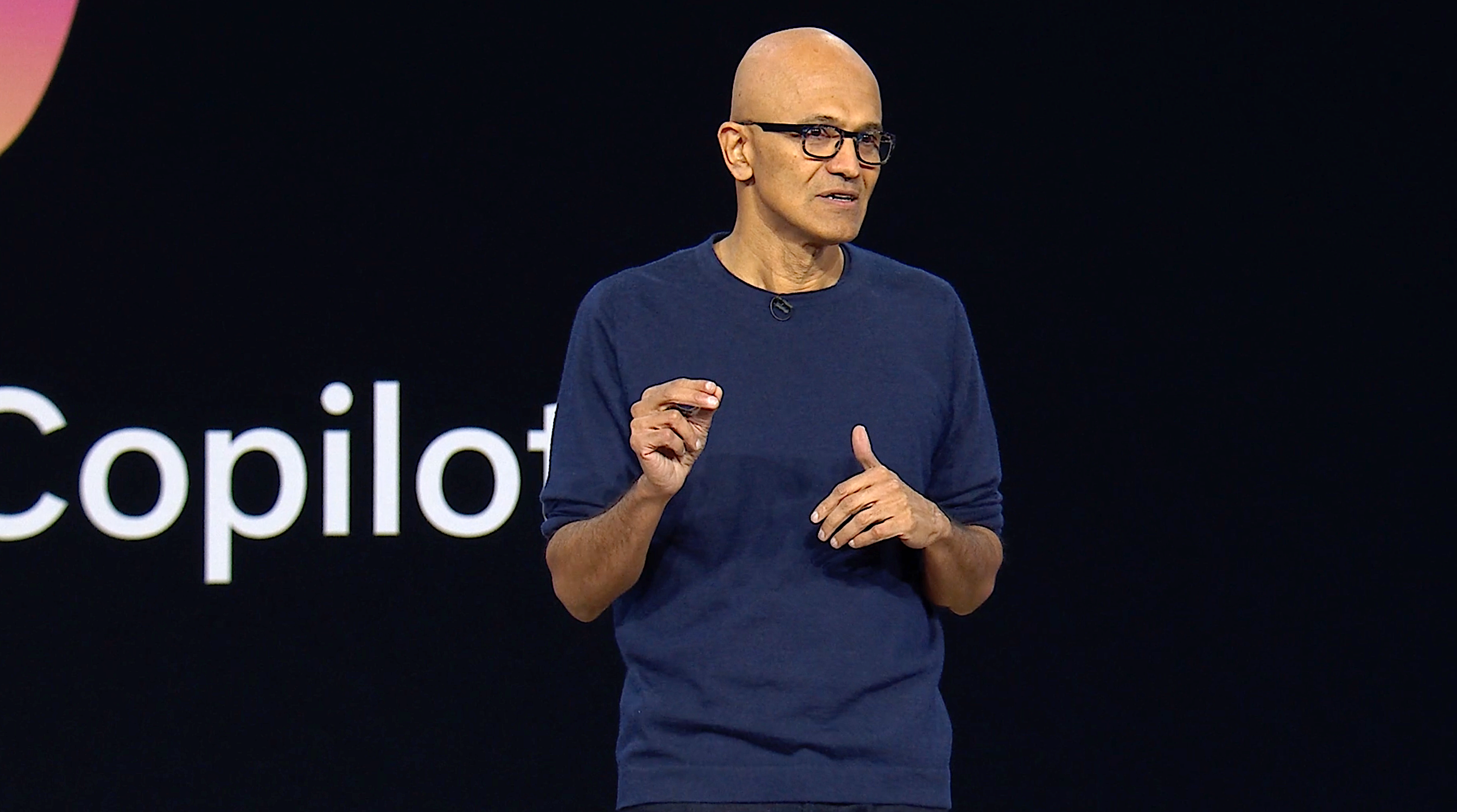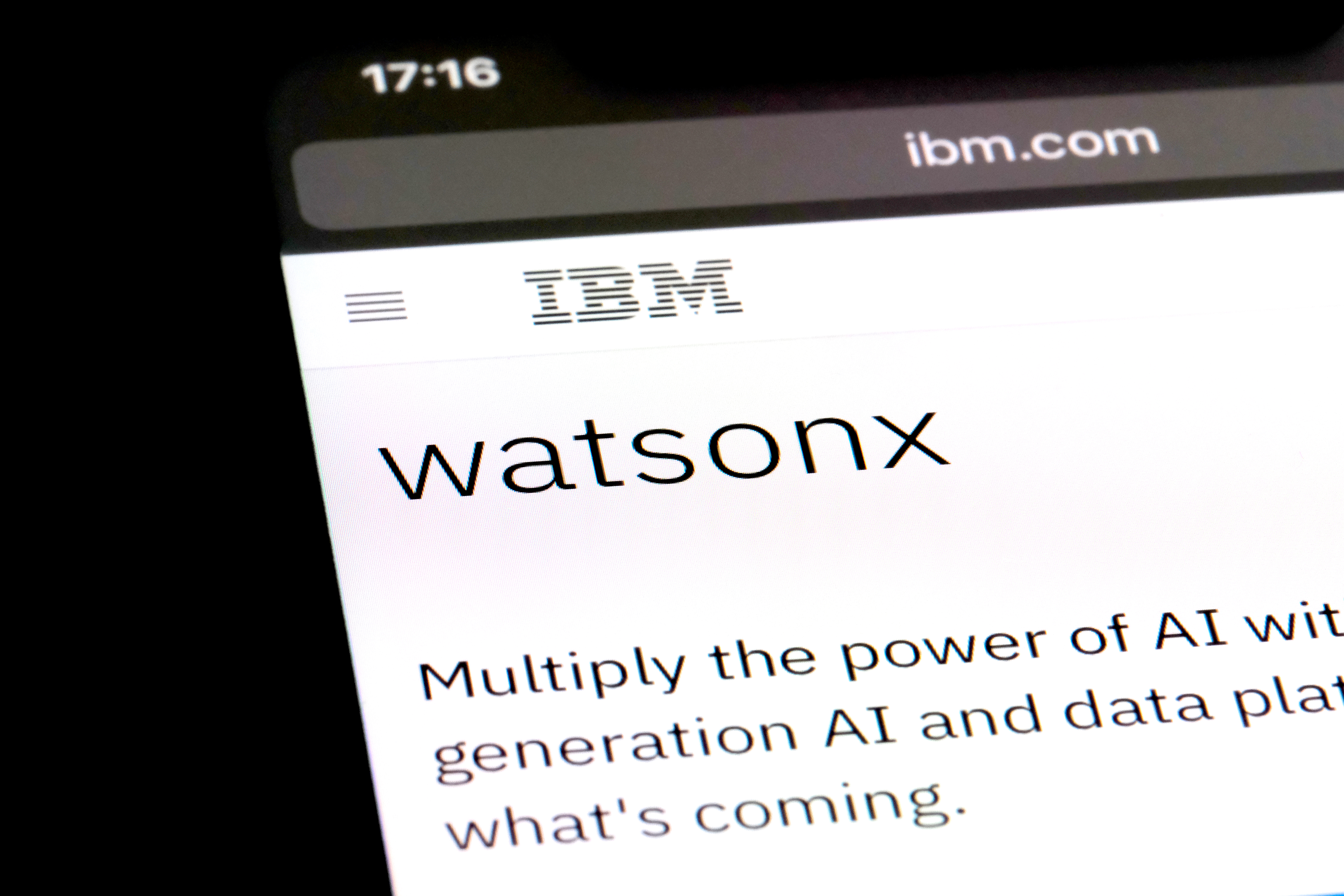Dave Vellante
Latest from Dave Vellante
BREAKING ANALYSIS
Grading our 2023 enterprise technology predictions
Predictions about the future of enterprise tech are streaming to our inboxes, literally by the thousands. Most are thoughtful and we will review those prior to publishing our 2024 predictions later in January. As is our tradition, we try to make our own predictions more challenging by citing forecasts that are measurable and have either ...
BREAKING ANALYSIS
The rise of observability and why it matters to your business
The rapid awareness and adoption of artificial intelligence has increased concerns around security, governance, compliance and business risk. The digital business imperative to improve customer experience combined with a vastly more complex technology environment, comprising multiple clouds, the internet of things, containers, app integration and the popularity of open source, are driving need for better ...
BREAKING ANALYSIS
David versus Goliath reimagined: OpenAI’s approach to AI supervision
Artificial general intelligence, or AGI, has people both intrigued and fearful. As a leading researcher in the field, last July, OpenAI introduced the concept of superalignment via a team created to study scientific and technical breakthroughs to guide and ultimately control AI systems that are much more capable than humans. OpenAI refers to this level of AI as ...
BREAKING ANALYSIS
The OpenAI meltdown: Winners and losers in the battle for AI supremacy
Conventional wisdom says Microsoft Corp. is the big winner in the recent OpenAI saga. We don’t quite see it that way. Both Microsoft and OpenAI are in a worse position today than last Thursday, prior to the firing of OpenAI Chief Executive Sam Altman and the ongoing public drama that ensued. Microsoft and OpenAI had ...
BREAKING ANALYSIS
The copilot era takes flight at Microsoft Ignite 2023
Microsoft Ignite 2023 was one part a celebration of yearlong technological innovations, one part announcing the general availability of previously announced products, one part vision, one part ecosystem and four parts copilots everywhere. Copilots promise a historic software-led productivity increase. Perhaps for the first time in industry history, we’re seeing huge demand for software coincide ...
BREAKING ANALYSIS
IBM turns the corner with Watson: Why 2.0 is a breakthrough opportunity
With Watson 1.0, IBM Corp. deviated from the Silicon Valley mantra — fail fast — as it took nearly a decade for the company to pivot off of its original vision. In our view, a different dynamic is in play today with Watson 2.0 – that is, watsonx. IBM’s deep research in artificial intelligence and ...
BREAKING ANALYSIS
The generative AI power law: How data diversity will influence adoption
Our research indicates that the adoption of generative artificial intelligence is occurring across a variety of frameworks with diverse deployment models, data sets and domain specificities. The transformative power of generative AI for industries is colossal, and we are convinced that AI will gravitate to where data lives. The power law of gen AI, developed by ...
BREAKING ANALYSIS
AI revenue riddle: Azure sees gains, but when will other cloud titans see a surge?
In 1987, Nobel Prize-winning economist Bob Solow famously observed, “You can see the computer age everywhere but in the productivity statistics.” This proclamation became known as the productivity paradox Ironically, Solow’s statement preceded the greatest productivity boom since the dawn of the computer age, which subsequently came to fruition in the 1990s. It can be ...
BREAKING ANALYSIS
From hype to reality, the true state of AI adoption
MIT professor and economist Erik Brynjolfsson said recently that he’d be disappointed if artificial intelligence didn’t lift the current anemic 1.2% productivity growth rate to 3% or even 4%. This would be a good thing for business and government because it could potentially help with the labor shortage, drive earnings growth and increase tax revenues, ...
BREAKING ANALYSIS
Lower for longer: Tech spending remains tepid
We’re getting used to the phrase “higher for longer,” referring to the realization that interest rates are expected to remain elevated for a period of time. This trend is having an inverse effect on enterprise tech spending growth rates. Prior to the Fed’s tightening binge for example, information technology decision makers in aggregate expected annual ...













